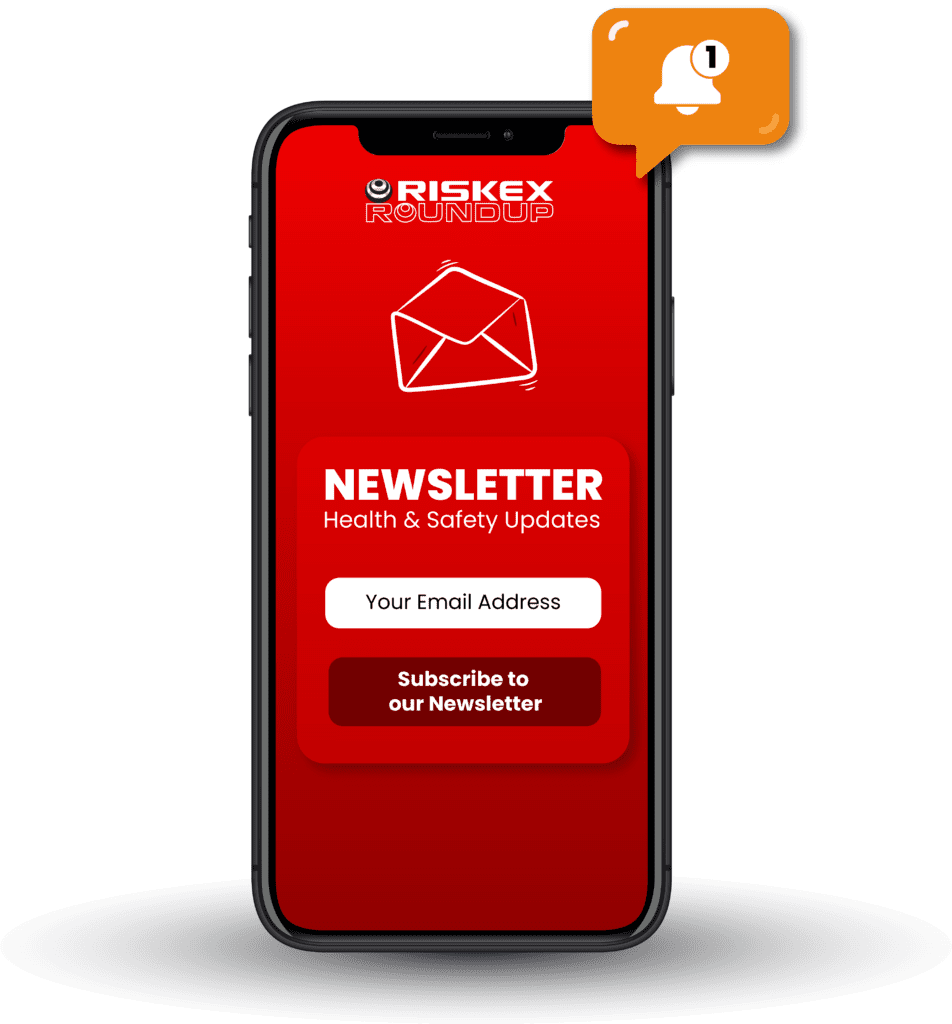According to the latest figures from the Health and Safety Executive (HSE) for 2024/25, work-related stress, depression, or anxiety accounted for 18.2 million days lost, representing over 55% of all days lost due to work-related ill health. This reflects a continuing upward trend and reinforces the urgency of addressing mental health at work.
The aftermath of the Covid-19 pandemic has fundamentally reshaped how we think about health at work. With hybrid working, uncertainty, and increased pressures becoming the new normal, there’s a growing need for businesses to protect not only physical safety but psychological well-being too.
Enter ISO 45003, the world’s first international standard focused solely on managing psychosocial risks in the workplace.
What is ISO 45003?
ISO 45003: Occupational health and safety management — Psychological health and safety at work: managing psychosocial risks is an international guidance standard designed to help organisations support the mental health of their workforce.
It sits alongside ISO 45001, the global standard for occupational health and safety, and provides practical guidance on how to:
- Identify workplace conditions and demands that may impair psychological health.
- Assess primary risk factors, such as high workloads, unclear roles, lack of control, or poor communication.
- Implement control measures to manage psychosocial risks and integrate them into your wider OH&S management system.
It’s not a certifiable standard on its own, but it helps support your existing ISO 45001 system and enhances your organisation’s ability to address mental health proactively.
Why ISO 45003 matters now
The cost of poor mental health at work is staggering. According to Deloitte’s 2022 report, the cost to UK employers of mental health-related absence, presenteeism and staff turnover was estimated at £56 billion per year.
The standard encourages a shift from reactive to preventative strategies. Rather than waiting for employees to burn out or go off sick, ISO 45003 helps organisations take early action by embedding psychological health and safety into policies, training, communication, and leadership behaviours.
How can organisations use ISO 45003?
Whether you’re a small business or a global corporation, ISO 45003 provides a roadmap for improving workplace mental health:
- Leadership and culture: Encouraging open conversations and supportive management.
- Employee involvement: Engaging staff in identifying risks and shaping solutions.
- Risk assessment: Including psychosocial hazards in routine health and safety assessments.
- Training: Ensuring line managers and teams are aware of how to spot early signs of stress and take action.
- Monitoring: Using data (e.g., absence, turnover, employee surveys) to monitor performance and improvements.
By integrating these principles, you not only help protect your people but also boost productivity, retention, and your reputation as a responsible employer.
Is it mandatory?
No, ISO 45003 is not legally required. However, UK employers do have a legal duty under the Health and Safety at Work Act 1974 and the Management of Health and Safety at Work Regulations 1999 to protect employees from harm, including work-related stress.
Following ISO 45003 is a practical way to meet these duties and show due diligence in managing mental health risks.
See how our Audit Software supports mental health and safety compliance
Managing psychosocial risks and aligning with standards like ISO 45003 calls for structured, measurable, and consistent action.
Our Safety Audit Module is designed to help organisations:
- Integrate checks into routine audits and inspections
- Track actions related to safety frameworks
- Collect and analyse data and compliance gaps
- Generate clear reports for internal teams, leadership, and external audits
- Demonstrate due diligence and ongoing improvement to stakeholders
Book a free demo today and see how we can support your journey to a safer, healthier workplace.






